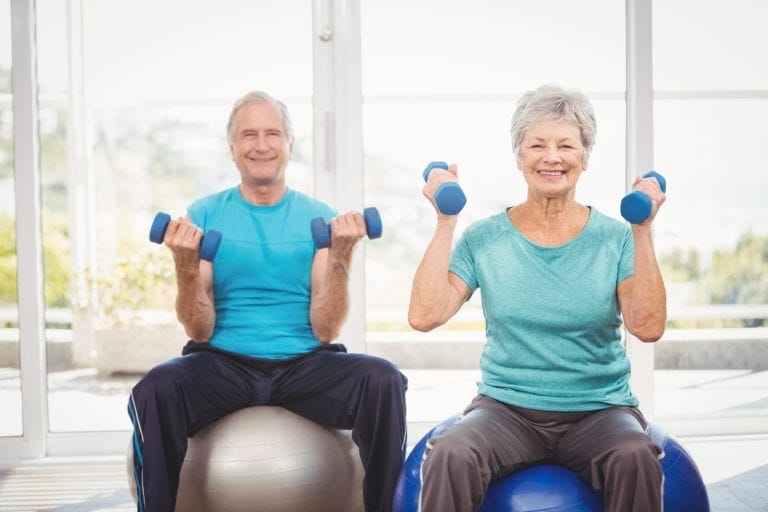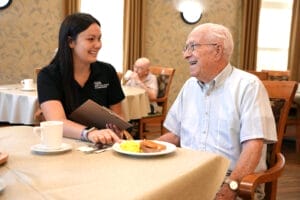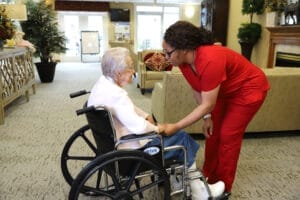As we age, our bodies start to go through some physical changes. We lose muscle mass and flexibility, and some of us start to deal with pain from certain chronic conditions, such as osteoporosis or arthritis. One of the most common ailments older adults suffer from is lower back pain, and this is due to the fact that over time, the bones and disks in our spines can start to degenerate, making us sore, stiff and uncomfortable.
Basically, the individual bones in our spine, called vertebrae, are stacked on top of each other with small joints in between them that allow the spine to move, along with disks with a jelly-like center that acts as a shock absorber. These disks begin to wear away as we age, allowing the bones to rub on top of each other, causing the soreness and pain we feel. This degeneration of the joints in the spine occurs in many individuals over the age of 60. In fact, aging is called the number one cause of back pain in seniors.
However, there are many other reasons lower back pain occurs in seniors. Having poor posture throughout your life, being overweight, lack of physical activity and unhealthy eating habits, conditions like spinal stenosis and osteoarthritis can cause chronic back pain.
The Best Exercises for Lower Back Pain
By properly adjusting your lifestyle, back pain doesn’t have to be an inevitable part of aging. Adding some gentle lower back exercises into your daily workout routine can help strengthen your back muscles, increase your range of motion and improve your flexibility. Plus, these exercises have other positive effects, like improving your balance and mobility.
Some of the best exercises for lower back pain include:
Pelvic Tilt: Strengthen muscles in the pelvic and abdominal regions for the support needed to avoid back strain leading to pain. Lie on your back on the floor with your legs straight out in front of you. Tilt your pelvis in toward your chest, keeping your mid-back on the floor. Hold for 3 seconds, then release. Repeat up to 10 times.
The Bridge: Strengthen muscles of the lower back and buttocks while stretching the hip flexors, which help keep the lower back muscles healthy and strong. Like the pelvic tilt, start lying flat on the floor on your back, bending your knees and keeping your arms at your sides. Raise your pelvis into the air as high as you comfortably can and hold for 3 seconds, then lower back down.
Stability Exercises: These exercises often require the use of an exercise ball to strengthen the lower back. A good one to try is sitting on the ball with your feet flat on the floor, slowly raising one arm overhead, repeating on both sides.
Core Exercises: Having a strong core is an essential part of your overall health, as every movement you make is generated from the muscles located in your abdomen, back, hips and pelvis. Core exercises can be done anywhere, at any time, and no fancy equipment is needed.
Leg Strengthening: Strong legs help prevent tension in the lower back, because these muscles pull on your spine. Leg strengthening exercises such as simply standing with your hands on a piece of sturdy furniture for balance, slowly bending the knee and pulling it up to hip level, then lowering it and repeating on the other side will not only reduce lower back pain, but also make daily tasks like getting out of bed or into the shower easier.
American Senior Communities’ New Energy Wellness program is a unique fitness program for seniors designed to promote an active lifestyle. Contact us today to request more information.



